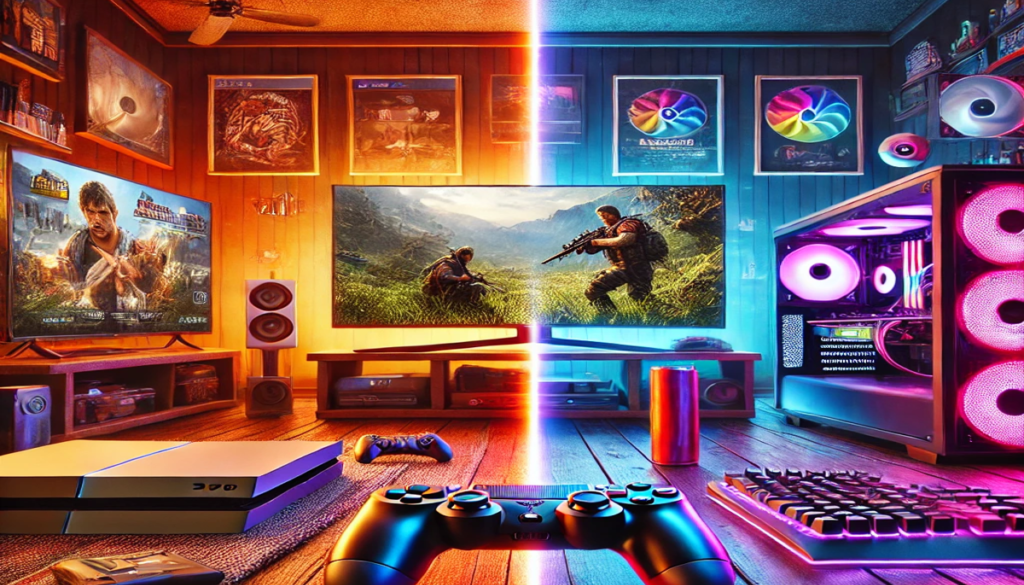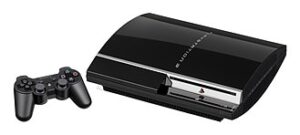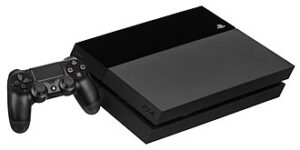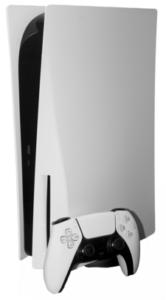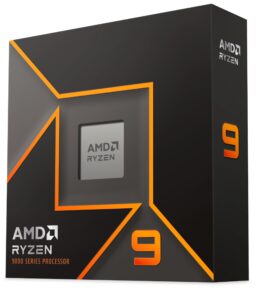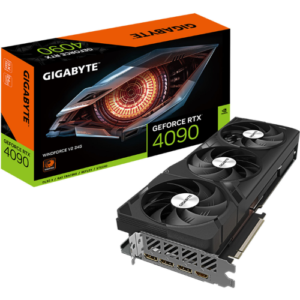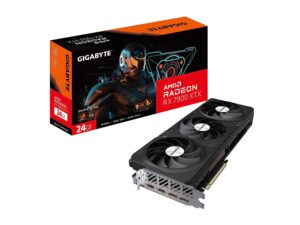Console VS PC: How Much Money You Got?
This entire week, we’ve been talking about games, movies and animes. Well, movies and animes you can watch with just a mobile and a Wi-Fi connection. Games, on the other hand? Nah, those bad boys chew through your dollars faster than a hungry racoon in a trash can buffet. Especially if you’re a PC gamer. With all the constant ‘need’ to keep upgrading your setup, you’ll often find yourself staring at the cavernous depths of your empty wallet, questioning if that shiny new GPU was worth surviving on instant noodles for a month.
Sup peeps, Sloth here, and today we’re gonna be discussing nerd stuff. Or tech stuff, whichever suits your tongue. First, we’ll be looking at consoles. And then, we’ll move over to PCs. Beginning with…
Xbox
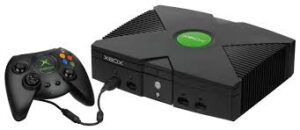
Owned by Microsoft, it was first introduced in the US in November 2001. The 1st Generation of Xbox had a 733 MHz 32-bit Intel Pentium III CPU and a 233 MHz NVIDIA custom GeForce 3 NV2A DirectX 8.0 based GPU with 64 MB DDR SDRAM. It has sold roughly 24 million units. The launch price was $300.
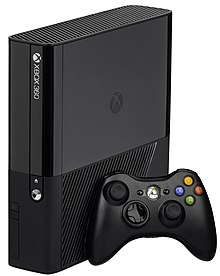
Four years later, we saw the release of Xbox 360. Launched at $300 again, it contained a 3.2 GHz IBM PowerPC tri-core CPU and a 500 MHz ATi custom Radeon X1800 DirectX 9.0c based GPU with 512 MB of GDDR3 RAM. It has sold over 84 million units.
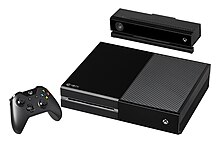
On November 22, 2013, the Xbox One was released at $500. Having sold over 58 million units, it features a 1.75 GHz AMD x86-64 eight-core CPU and a 853 MHz AMD Radeon HD 7000 series DirectX 11.1, DirectX 12 based GPU with 8 GB of DDR3 RAM. In August 2, 2016, an S version at $300 was released with the GPU upgraded to 914 MHz AMD Radeon HD 7000 series DirectX 11.1, DirectX 12 based GPU. It introduced support for 4k gaming. Again, in November 7, 2017, Xbox One X came out boasting a 2.3 GHz semi-custom AMD x86-64 eight-core CPU and a 1172 MHz AMD GCN DirectX 11.1, DirectX 12 based GPU with 12 GB of GDDR5 RAM. This version fully supported 4K gaming at 60 fps and was priced at $500.

The Xbox Series was launched on November 10, 2020. It had 2 variants, an S version at $300 and an X version at $500. The S version had a 3.6 GHz custom AMD Zen 2 eight-core CPU and a 1550 MHz AMD Custom RDNA 2 DirectX 12 based GPU with 10 GB of GDDR6 RAM. It could render at 1440p in 60 fps with support for 4K upscaling. And then there was the beast: X version. With a 3.8 GHz custom AMD Zen 2 eight-core CPU and a 1825 MHz AMD Custom RDNA 2 DirectX 12 based GPU with 16 GB of GDDR6 RAM, it supported gaming at 8K at 60 fps and 4K at 120 fps.
PlayStation
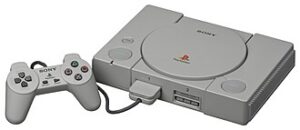
Owned by Sony, it was first introduced in Japan in December 1994. The PS was priced at $300 and had a R3000A 32bit RISC chip. Released the following year, the PS1 was released in July, 2000.
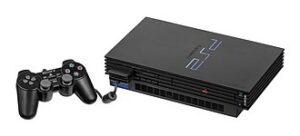
On march 4, 2000, the PS2 was released at $300. It had a 300 MHz MIPS “Emotion Engine” and a 147 MHz “Graphics Synthesizer”. A Slimline version was released on October 29, 2004 at $150.
The next one had 3 versions: PS3 at $600, PS3 Slim at $300 and PS3 Super Slim at $270. They were released on November 11, 2006, August 27, 2009 and September 25, 2012 respectively. It had a 3.2 GHz Power ISA 2.03-based PPE with eight 3.2 GHz SPE and a 550 MHz RSX “Reality Synthesizer” (based on Nvidia G70 architecture) 192 – 251.2 GFLOPS.
PS4 had Slim and Pro versions too on top of the original. The original was released on November 15, 2013 at $400 for 500 GB, the Slim on September 15, 2016 at $350 for 1 TB, and the Pro on November 10, 2016 at $400 for 1 TB. The PS4 and PS4 Slim had 8-Core 1.6 GHz AMD, and the PS4 Pro had 8-Core 2.1 GHz AMD.
PS5 had 3 similar versions. PS5 was released on November 12, 2020 at $500 for 825 GB, the Slim on November 10, 2023 at $500 for 1TB, and the Pro on November 7, 2024 at $700 for 2 TB. All had 8-Core variable frequency (3.5 GHz capped) AMD “Zen 2”.
PC
Ho ho ho! So, you’ve decided you wanna up your game. You’re gonna spend those big bucks for the mods, the repacks, ahh good old PC gaming! There are lots of combinations you can try. CPUs are provided by Intel and AMD, while GPUs are provided by both of them and also NVIDIA.
Right now, the latest Intel processor you can buy is the Intel Core i9-14900K. it has 24 cores, with 8 P-cores and 16 E-cores, and 32 threads. A base clock speed of 3.2 GHz, which can be increased to 6 GHz. There’s also 36 MB of Intel Smart Cache and 32 MB of L2 Cache. It’ll require a base power of 125 W and 253 W at maximum turbo. It does come with an integrated GPU Intel UHD Graphics 770, but we’ll use others. And the price? $600. Heh. Already above PS5 Pro.
Let’s come to AMD. The latest is AMD Ryzen 9 9950X, with 16 cores and 32 threads. The base clock speed is 4.3 GHz and the maximum is 5.7 GHz. The L2 cache is 16 MB and L3 is 64 MB. The default TDP is 170 W. BTW, it costs $650.
Let’s talk GPUs. A work of art, the NVIDIA GeForce RTX 4090, with AD102 processor, 16,384 shading units, 24 GB memory and GDDR6X memory type. It has a TDP of 450 W, and we suggest a PSU of 850 W to go with it. It costed a whopping $1600 at launch.
The 2nd best GPU on the market is arguably the AMD Radeon RX 7900 XTX, with Navi 31 processor, 6144 shading units, 24 GB memory and GDDR6 memory type. It has a TDP of 355 W, our suggested PSU being 750 W. The launch price was $999.
Now, it depends on your budget what you want to buy. For console gaming, you need a console, a screen, a controller, and games. For example, the Xbox Game Pass Ultimate costs $20 per month and you can download more than 100 games for console and PC. And the PlayStation Plus Premium costs $18 per month, with up to 340 titles in the game library. Now, we won’t be talking about peripherals, coz that would make this blog insanely big, but maybe in our next tech blog. Oh, and one last warning. Once you’ve experienced the beauty of an OLED screen, there’s no going back. Hold that thought till we meet again. So long, peeps. Happy procrastinating!
